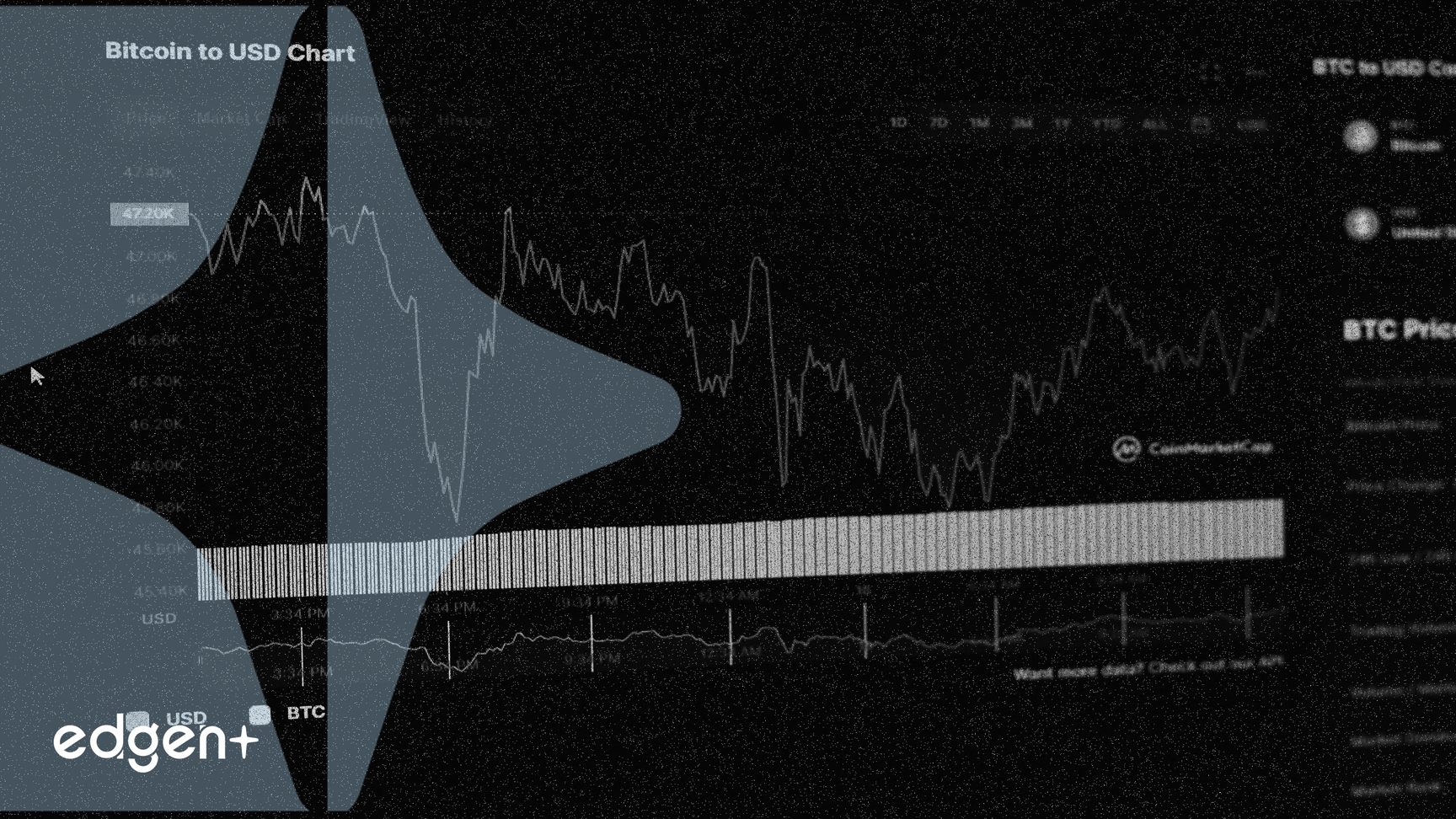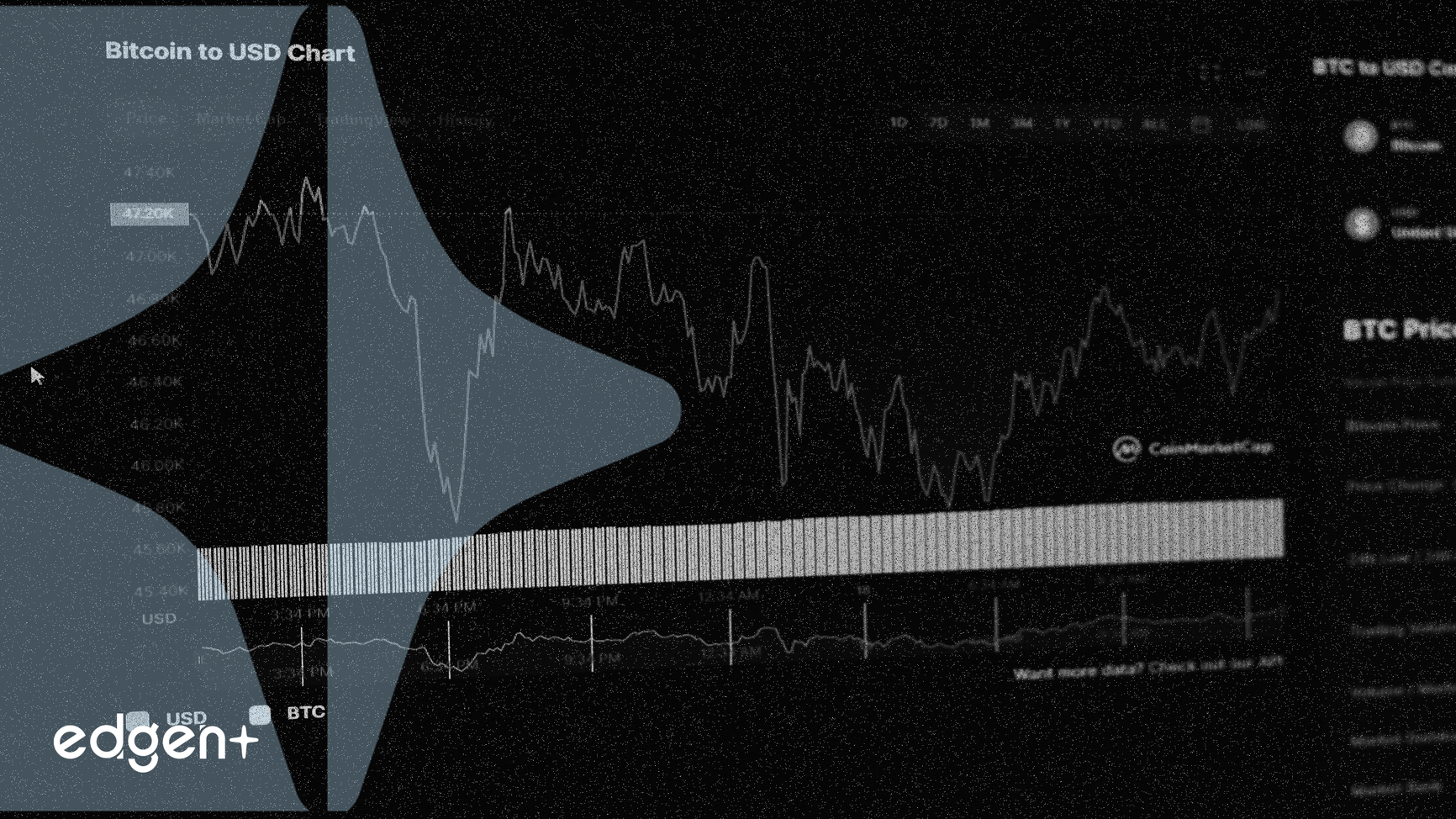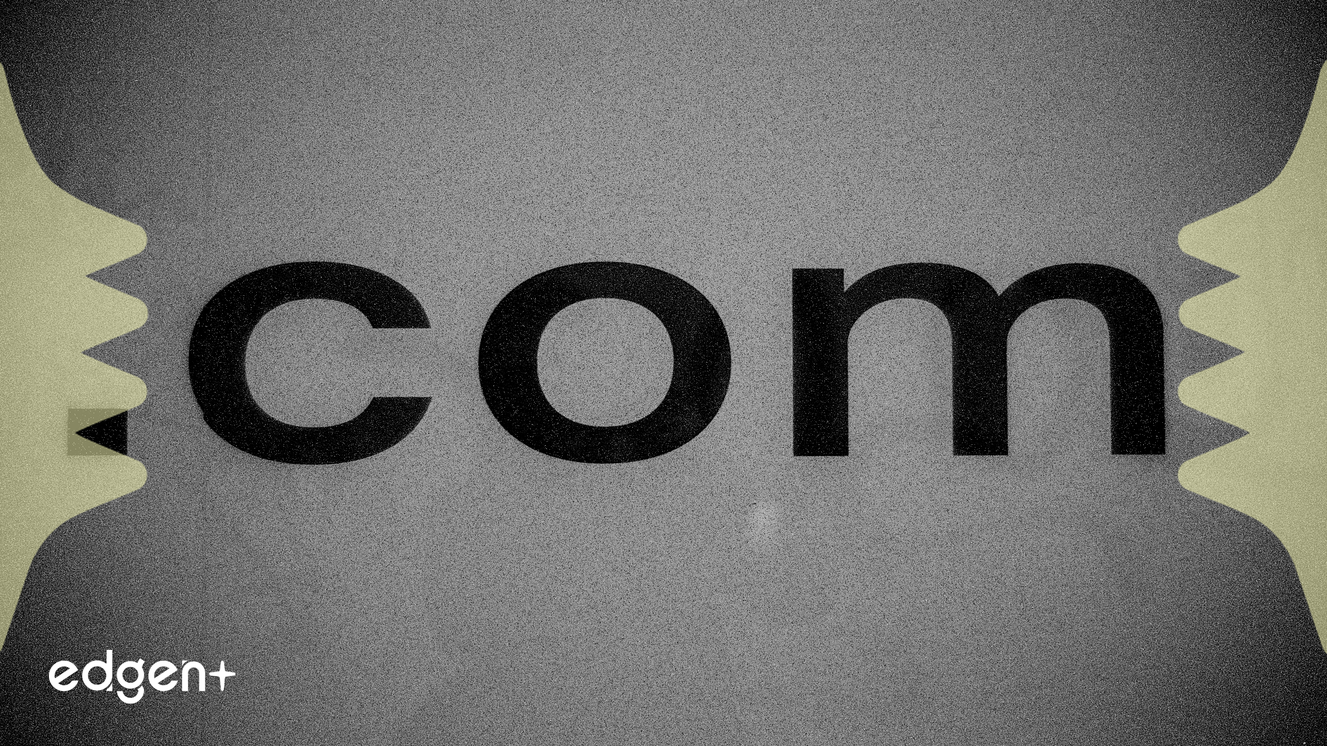American Eagle Outfitters sees a significant stock surge driven by successful marketing, while Starbucks explores a substantial divestment of its China operations. Concurrently, BYD revises its annual sales forecast downward, signaling a potential cooling in the electric vehicle market.
Technology Sector Leads Gains After Strong Earnings Reports
U.S. equities closed higher on Tuesday, with the S&P 500 rising 1.2%, as investors reacted to a lower-than-expected inflation report. Meanwhile, individual company performance and strategic shifts drove significant movements in specific stocks, notably American Eagle Outfitters (AEO), Starbucks (SBUX), and BYD.
American Eagle Outfitters: Marketing Success Fuels Stock Advance
American Eagle Outfitters (AEO) experienced a substantial 33% surge in its stock price, closing at $18.02 on September 4. This robust performance is primarily attributed to highly successful marketing campaigns featuring figures such as Sydney Sweeney and Travis Kelce, which have significantly bolstered customer acquisition and traffic momentum. Management reported that the positive traffic trends seen throughout the second quarter continued strongly into August.
Financially, AEO’s second-quarter 2025 sales reached $1.28 billion, a modest 1% year-over-year decline. However, this figure surpassed analysts’ estimates of $1.24 billion and represented the second-highest sales quarter in the company's history. Operating income for the quarter increased by 2% year-over-year, and diluted earnings per share (EPS) saw a 15% year-over-year rise.
Looking ahead, American Eagle anticipates comparable-store sales to increase by a low single-digit percentage for the remainder of 2025. The company also projects third-quarter comparable growth to be in the low single digits, with operating income ranging from $95 million to $100 million, despite an estimated $20 million in incremental tariffs. For the fourth quarter of fiscal year 2025, the outlook includes low single-digit comparable growth and an operating profit of $125 million to $130 million, absorbing an estimated $40 million to $50 million in tariff impact.
Starbucks Explores China Divestment Amid Competitive Pressures
Starbucks (SBUX) shares fell 1.82% on September 5, 2025, amidst reports that the company is evaluating offers for a partial divestment of its China operations. Multiple bidders have submitted non-binding offers, valuing the business at up to $5 billion. This valuation aligns with approximately ten times the projected 2025 EBITDA of $400 million to $500 million, though some offers reportedly approached nearly 20 times the EBITDA forecast.
The potential strategic move comes as Starbucks faces intensifying competition in the Chinese market from lower-priced local rivals, including Luckin Coffee and Cotti Coffee, alongside broader sluggish economic growth in the region. Starbucks’ China unit currently contributes over 8% of its global revenue, and recent comparable-store sales in China showed a 2% growth in Q2. From a valuation perspective, Starbucks trades at a forward price-to-sales ratio of 2.55, which is below the industry average of 3.78. Analyst projections suggest a potential upside of 12.54% from the current share price of $87.01, with an average price target of $97.92 and a consensus recommendation of "Outperform."
Starbucks intends to retain a "meaningful stake," possibly around 30%, in its China business. This strategy aims to unlock local capital for expansion and leverage local expertise to accelerate growth in a volatile yet scalable market. The company’s broader expansion plans include reaching 9,000 stores in China by 2025.
BYD Revises Sales Forecast Amid EV Market Slowdown
BYD, China’s largest automaker, is reportedly set to slash its 2025 annual sales forecast by as much as 16%, revising its original target of 5.5 million vehicles down to 4.6 million. This adjustment signals a significant slowdown in its electric vehicle (EV) growth, representing an approximate 7% growth from the previous year—the slowest annual growth rate for BYD in five years.
This revision follows a 30% plunge in BYD’s quarterly profit, marking its first decline in over three years, despite a tenfold surge in EV and plug-in hybrid sales between 2020 and 2024, reaching 4.3 million units. Analysts have also adjusted their expectations, with Deutsche Bank forecasting 4.7 million vehicles and Morningstar projecting 4.8 million for BYD this year.
The slowdown underscores intensifying competition within the Chinese EV market, where BYD generates nearly 80% of its sales. Rivals such as Geely Auto and Leapmotor are gaining market share, particularly in the economy car segment. Challenges for BYD include market oversupply, waning consumer demand, and an aggressive price war that has eroded profit margins across the sector. Dealer inventories of BYD vehicles stand at 3.21 months, significantly higher than the industry average of 1.38 months, leading to production cuts and delayed factory expansions.
In response, BYD is recalibrating its strategy by slowing domestic production and focusing on overseas expansion, with exports currently accounting for 20% of total sales and a target of 50% overseas sales by 2030.
Broader Market Implications
The collective movements observed in American Eagle Outfitters, Starbucks, and BYD highlight diverse trends influencing the retail, food & beverage, and electric vehicle sectors. American Eagle’s success underscores the effectiveness of targeted marketing and strategic inventory management in a challenging retail environment. Starbucks’ potential divestment in China reflects the complexities of navigating highly competitive international markets and the strategic imperative to adapt to local dynamics and competitive pressures. Meanwhile, BYD’s revised forecast signals a maturation and increased competition within the burgeoning Chinese EV market, indicating broader deflationary pressures on the Chinese economy.
These developments suggest that investors will continue to scrutinize company-specific initiatives and their ability to adapt to evolving market conditions. The performance of these bellwether companies provides critical insights into consumer demand, competitive landscapes, and the impact of geopolitical and economic factors on corporate strategy.
Looking Ahead
Going forward, market participants will closely monitor upcoming economic reports, particularly those related to inflation and consumer spending, which could influence interest rate policies and overall market sentiment. For the retail sector, the sustainability of marketing-driven gains and consumer discretionary spending will be key. In the food and beverage sector, the outcome of Starbucks’ China divestment and its broader strategic adjustments will be closely watched for their implications on global expansion models. Lastly, the electric vehicle market will face continued scrutiny regarding supply-demand dynamics, pricing strategies, and the competitive landscape, particularly within China, as BYD and its rivals vie for market dominance and sustainable growth.



